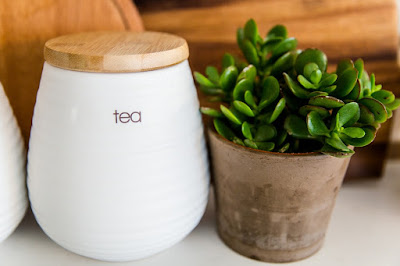During winter, a lot of houses become
inhospitable for houseplants. Several spaces are drafty, others are
over-heated, and some have less natural sunlight coming from the windows. Here
are some houseplants that are easy to care even during the winters.
 |
| Image Courtesy: Pixabay |
- ZZ plant:
This
is one of the hardiest plants you will find, which makes it the perfect option.
The thing that makes this plant especially notable is its extraordinary ability
to survive in areas with less natural light. Though this plant can also survive
in brighter areas, its capability of thriving in the dark is what makes it a
great option for the winters.
- Maidenhair fern:
Several
varieties of fern do not require a lot of sun light as they are used to
thriving in forests, completely shaded by trees. However, ferns do demand high
humidity and have to be misted and watered frequently. Therefore, this plant is
only for those who are hands on. While most houseplants like to dry out after
being watered, ferns prefer staying moist. Maidenhair fern makes for a pretty choice
with lacy, delicate leaves.
- Chinese evergreen:
Aglaonema
are known to have beautiful green, patterned leaves. They can easily survive
low light and keep their growth and color intact. However, if you keep your
plant inside a low-lit room, pay close attention to the amount of water you put
into the plant as there is a big chance of overwatering. Apart from this, in
case the room does not have enough natural light, substitute sunlight with the
light of a lamp.
- Clivia:
In
case you have a chilly room that receives very less sunlight, then clivia is
the best plant to have. This tough plant actually does well in cooler weather.
Low temperature permits the beautiful blooms to arise, typically in yellow or
orange. This plant does not only blossom in drafty houses, but the vivacious
colors also add brightness to the space. Moreover, clivia does not require a
lot of watering.
- Moss terrarium:
For
securing your plants from a strong breeze close to the front door or window, think
of glass terrarium. It can hold humidity inside the glass and secure the plants
from cold and hot drafts. Not only will the terrarium secure the plants within,
but will add to the decor of the room.
- Jade plant:
Most
plants do not like the combination of hot radiator air and cold air. However, there
are certain plants that tolerate it. Jade plant is one of those floras that can
survive any kind of temperature variation. It is a kind of succulent, which
will work best close to an open window during winters. It does not require a
lot of water and is able to flourish with watering in every 21 days.
With the winters on their way, there is no
need to worry about what you can do to make the insides of your home more
hospitable and greener. These plants will add life and beauty to any house and
will even survive the HVAC heating.











